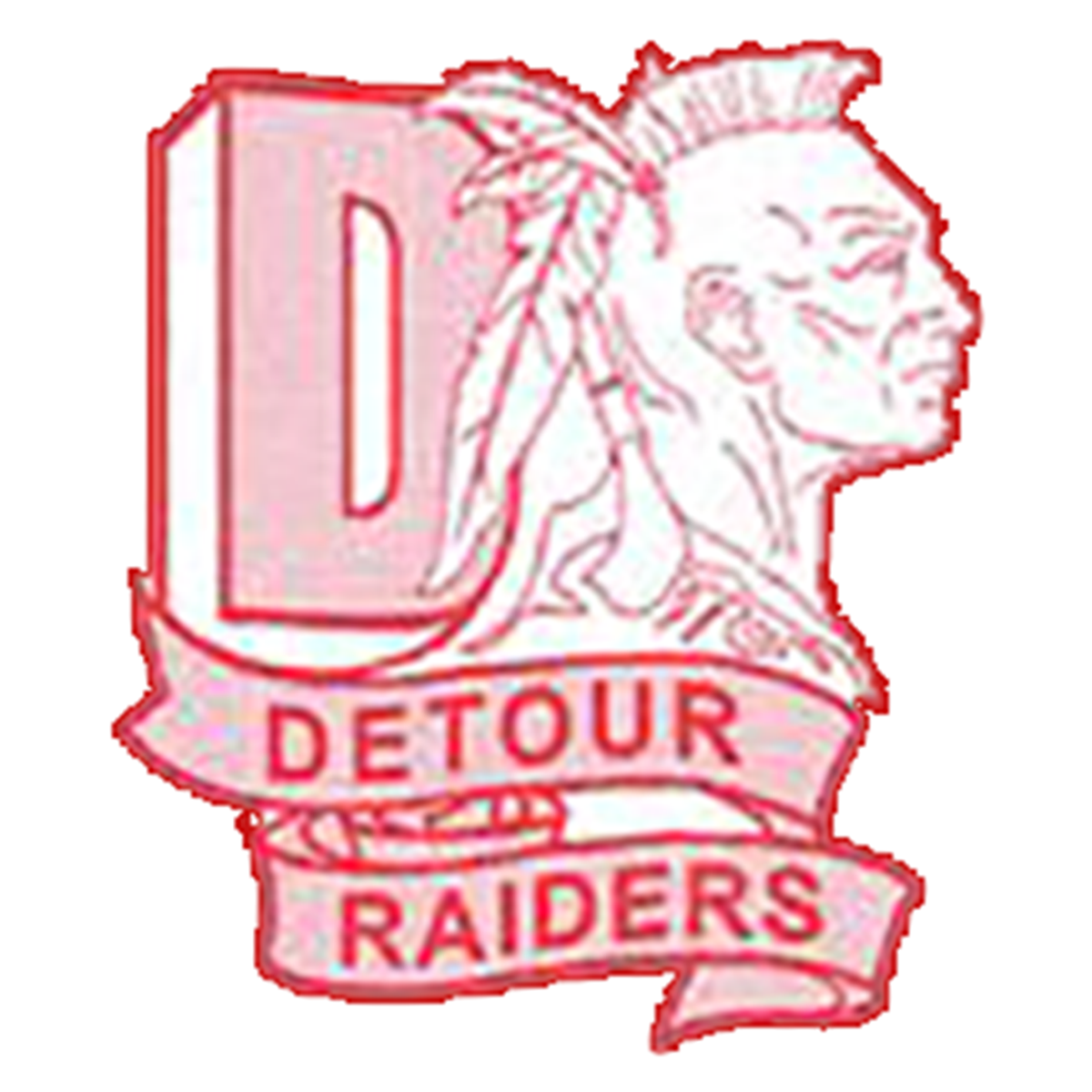Henry Ford was obsessed with building the Model-T as efficient and inexpensive as possible. To do that he used the process of Vertical Integration where Ford Motor Company created companies that supplied the factory with materials. Ford made their own steel, harvested rubber and built sawmills to supply lumber to the factory.
A few miles south of L’Anse on U.S. 41 is the town of Alberta where Henry Ford built a sawmill town in 1936 to supply lumber to his grown auto company. The town was named after the daughter of one of his executives. The community consisted of a sawmill, houses for the workers and their families, and two schools to educate the children while their parents were working.
Henry Ford saw all the sawdust that was created by his sawmills and felt it was going to waste. At his sawmill in Kingsford Michigan, named for Edward G. Kingsford who worked for Ford managing his lumbering operations, the mill created an enormous amount of sawdust. A University of Oregon chemist, Orin Stafford invented a method for making pillow-shaped lumps of fuel from sawdust and called them charcoal briquettes. Thomas Edison designed the briquette factory built next to the sawmill and Edward G. Kingsford managed it. Ford sold the briquettes at his dealerships and after world war II as the suburbs grew and the Webber grill became popular, the demand for the bags of black briquettes soared. Ford sold the company in 1951 and it was renamed Kingsford in honor of Edward G. Kingsford.
In 1954 the town of Alberta was donated to Michigan Tech and is still used today for forestry education. If you’re in the area they give tours of the historic town and sawmill to visitors.
If you love exploring the Upper Peninsula I hope you will take a look at my new Upper Peninsula book Available on Amazon HERE https://amzn.to/3Bn9lKc

